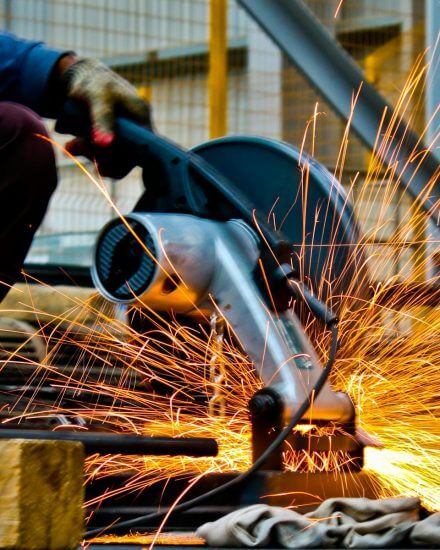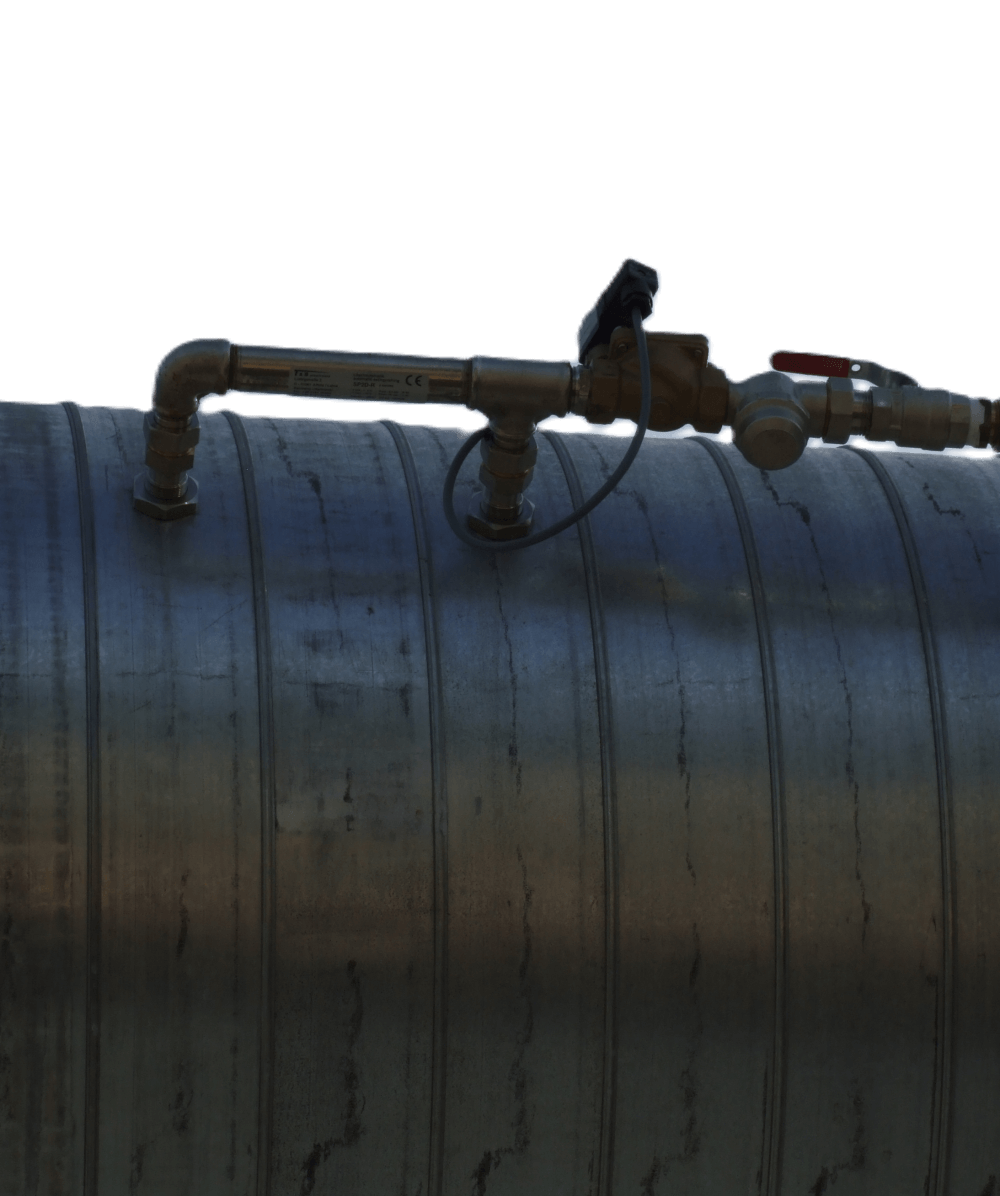
Explosion Mitigation
Why do we need dust extraction systems?Dust and fume extraction systems play a crucial role in maintaining a safe and healthy workplace environment across various industries. These systems are designed to remove airborne contaminants, ensuring the well-being of workers and preventing equipment damage. However, the presence of combustible dust and fumes poses a significant risk of explosions, necessitating the implementation of effective explosion detection and mitigation systems. This article explores the risks associated with dust and fume explosions, the importance of complying with Australian standards, and the benefits of integrating explosion detection and mitigation systems into extraction setups.
Risks of Dust and Fume Explosions
The primary risk associated with dust and fume extraction systems is the potential for explosions. Combustible dust and fumes, when ignited, can lead to catastrophic incidents with severe consequences for both personnel and property. Several factors contribute to the combustibility of these particles, including particle size, concentration and the presence of an ignition source. Industries such as woodworking, metalworking and food processing are particularly susceptible to dust and fume explosions.

Explosive Atmosphere Formation
One of the primary risks associated with dust and fume extraction systems is the formation of explosive atmospheres. Combustible dust and fumes can accumulate in the air, creating an environment where a small ignition source can trigger a devastating explosion. The potential for explosive atmospheres is particularly high in industries such as woodworking, metalworking, and food processing, where fine particles can remain suspended in the air for extended periods.
The lack of effective explosion detection systems increases the likelihood of undetected explosive atmospheres, putting workers, equipment, and the surrounding environment at risk. A comprehensive approach to explosion detection involves continuous monitoring of air quality, ensuring that any hazardous conditions are identified promptly.
Ignition Source Ignorance
Without proper explosion detection and mitigation systems, identifying potential ignition sources becomes a significant challenge. Common ignition sources in industrial settings include sparks, hot surfaces, electrical equipment malfunctions, and even static electricity. In the absence of adequate measures, these sources can go unnoticed, creating an environment where a single spark can initiate a catastrophic explosion.
Explosion detection systems equipped with advanced technologies, such as infrared sensors and spark detection devices, can effectively identify and neutralize potential ignition sources. These systems contribute to a proactive safety approach by preventing the conditions that lead to explosions.
Inadequate Containment Measures
When an explosion occurs within a dust and fume extraction system, the lack of proper containment measures can exacerbate the impact, resulting in widespread damage and increased risks to personnel. Without effective explosion mitigation systems, the force generated by an explosion can propagate throughout the extraction system, causing structural damage, equipment failure and potential harm to workers in the vicinity.
Implementing explosion isolation devices, such as deflagration vents and flame arresters, is essential for containing and minimizing the effects of an explosion. These devices divert the pressure and flames away from critical areas, protecting both the extraction system and personnel.
Australian Standards for Dust Extraction

Adhering to Australian standards, particularly the AS/NZS 60079 series, ensures that dust and fume extraction systems meet stringent safety requirements. This series provides guidelines for the design, construction, and operation of electrical equipment in explosive atmospheres. Implementing explosion detection and mitigation systems in accordance with these standards not only enhances workplace safety but also helps organizations avoid legal liabilities associated with non-compliance.
The foremost benefit of integrating explosion detection and mitigation systems is the enhancement of worker safety. By proactively identifying and addressing potential explosion risks, organizations create a safer working environment. Employees can carry out their tasks with confidence, knowing that the extraction system is equipped to detect and mitigate explosive conditions, minimizing the risk of injury or fatality.
Explosions within dust and fume extraction systems can lead to extensive damage to equipment and infrastructure. Adhering to Australian standards ensures the implementation of explosion isolation devices, which protect critical components from the destructive forces of an explosion. This not only reduces the risk of costly equipment replacements but also contributes to the overall operational reliability of the extraction system.
Explosions in industrial settings can result in the release of hazardous substances into the environment, posing risks to ecosystems and surrounding communities. Adhering to Australian standards for explosion detection and mitigation helps prevent such incidents, promoting environmental sustainability. By minimizing the impact of explosions, organizations contribute to the preservation of air and water quality, aligning with broader environmental conservation goals.
Insurance providers often consider the level of safety measures implemented by businesses when determining premiums. Adhering to Australian standards and incorporating robust explosion detection and mitigation systems can lead to a reduction in insurance premiums. This financial benefit serves as an incentive for organizations to invest in comprehensive safety measures, ultimately contributing to long-term cost savings.
The risks associated with dust and fume explosions in industrial settings necessitate a proactive approach to safety. Australian standards, such as AS/NZS 2430.3.4:2004, provide comprehensive guidelines for the design and maintenance of dust and fume extraction systems. Integrating explosion detection and mitigation systems into these setups is essential for preventing catastrophic incidents, protecting personnel and ensuring regulatory compliance.
Businesses that prioritize safety not only comply with legal requirements but also benefit from increased employee morale, reduced downtime and enhanced overall productivity. As technology advances, it is crucial for industries to stay abreast of the latest developments in explosion detection and mitigation systems and Micronair works continually to improve workplace safety standards.